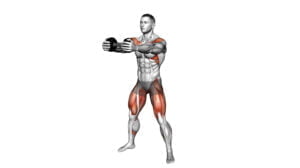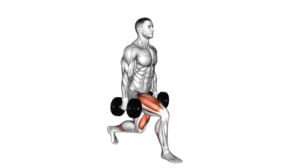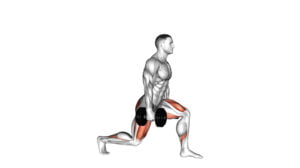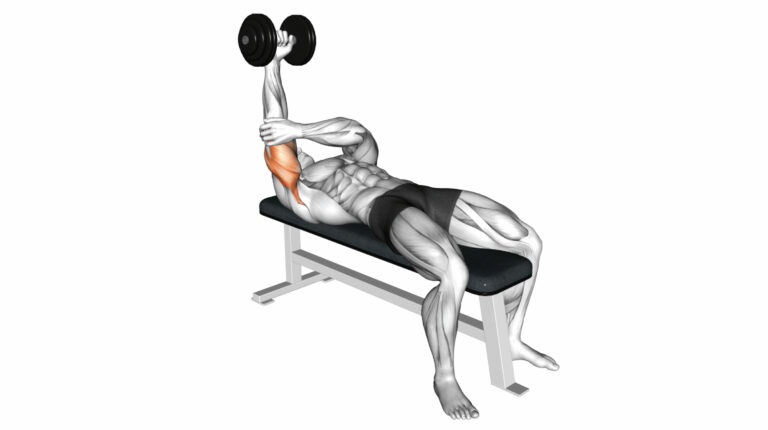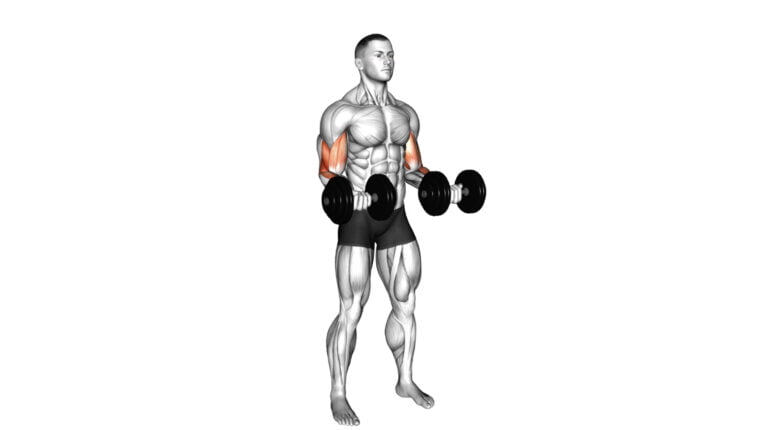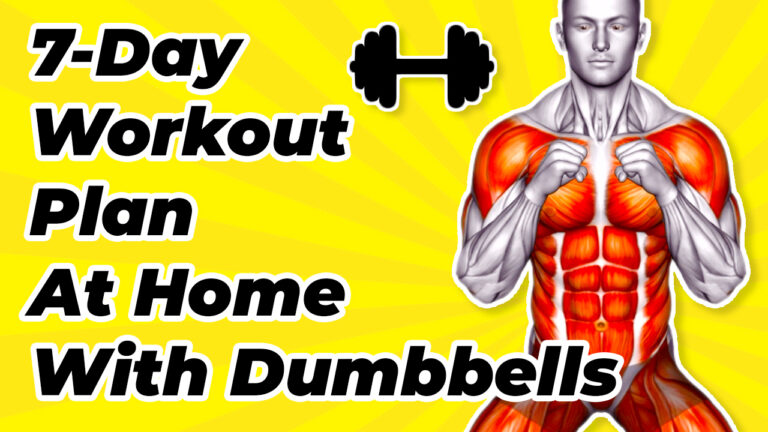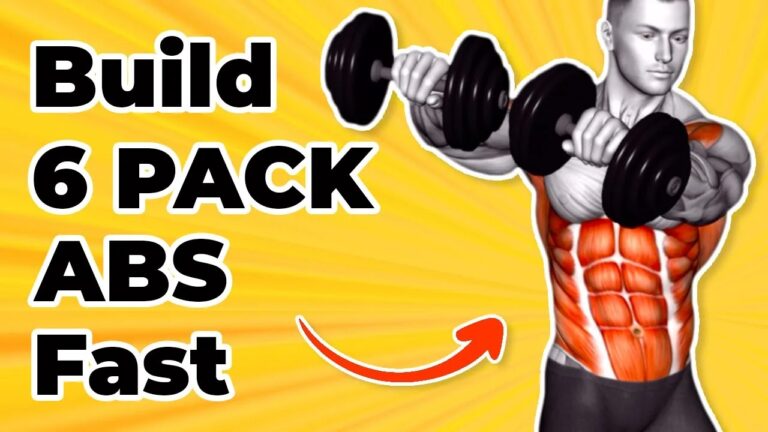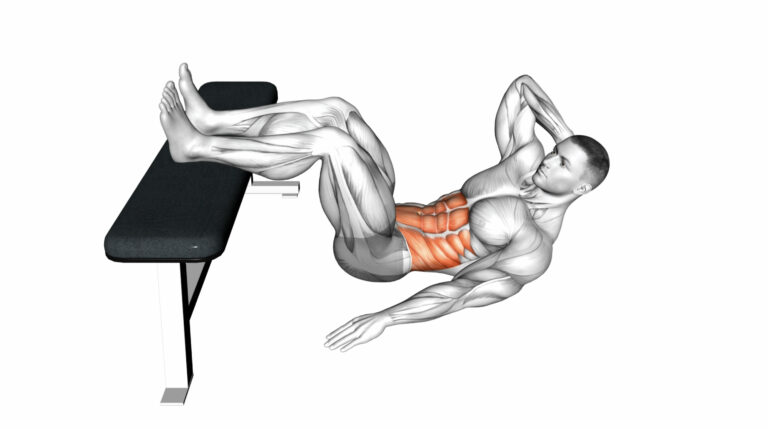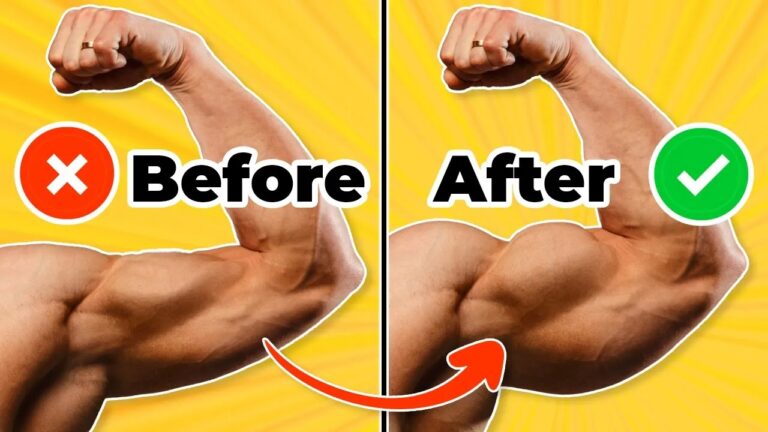10 Quad Exercises At Home With Dumbbells To Sculpt Your Legs
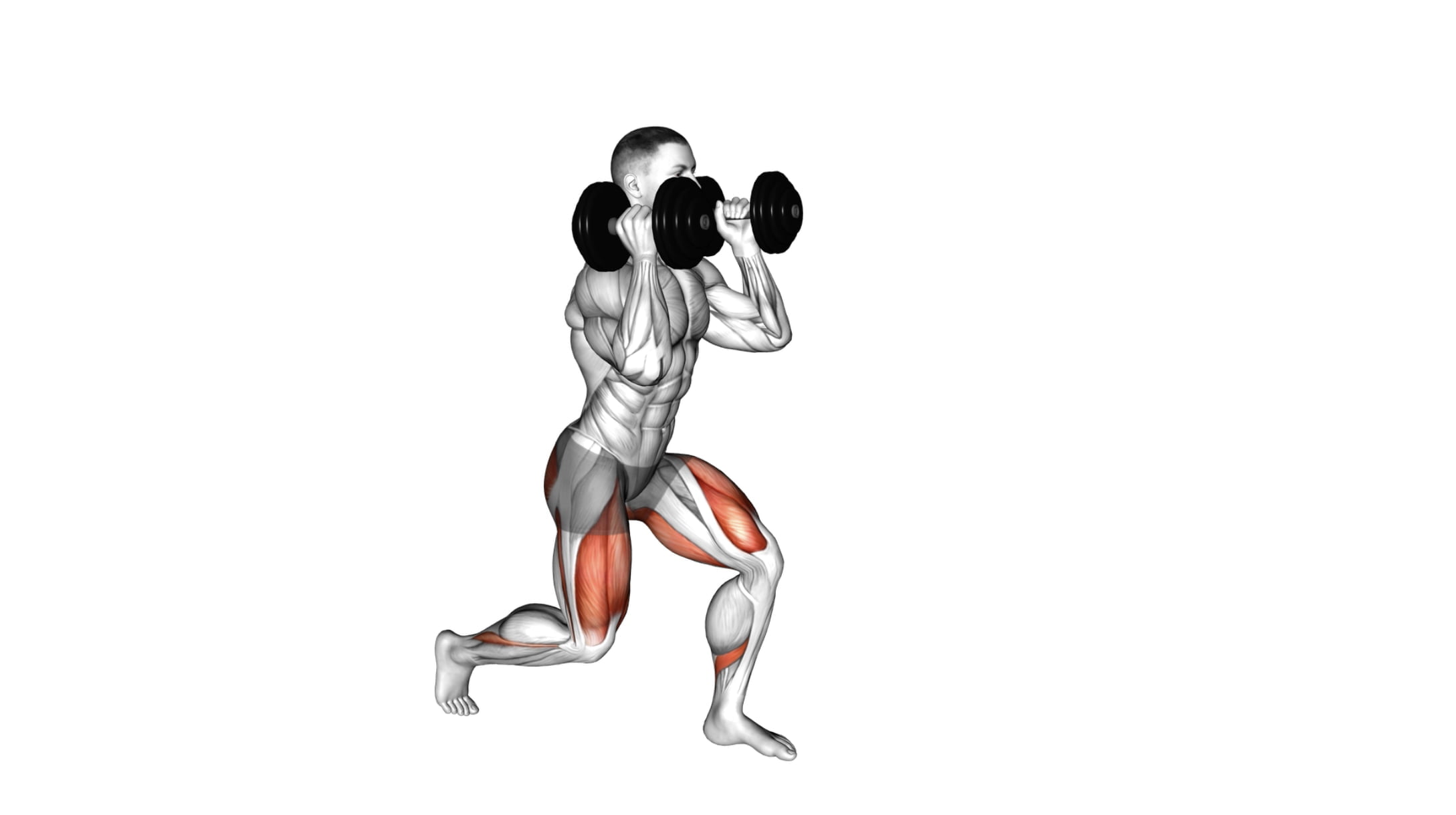
Embarking on a journey to chisel your legs can often lead to the misconception that heavy machinery or a gym membership is essential. In reality, with just a set of dumbbells and some determination, you can effectively target those prominent quad muscles at home.
As a certified strength and conditioning specialist with years’ worth of experience sculpting lower bodies from professionals to fitness enthusiasts alike, I’ve honed techniques that maximize muscle engagement without stepping foot in a gym.
Quad exercises at home with dumbbells not only provide convenience but also pack a serious punch for both beginners and seasoned athletes. Strengthening your quadriceps—the muscle group comprising the vastus lateralis, medialis, intermedius, and the rectus femoris—can enhance overall leg definition and improve athletic performance.
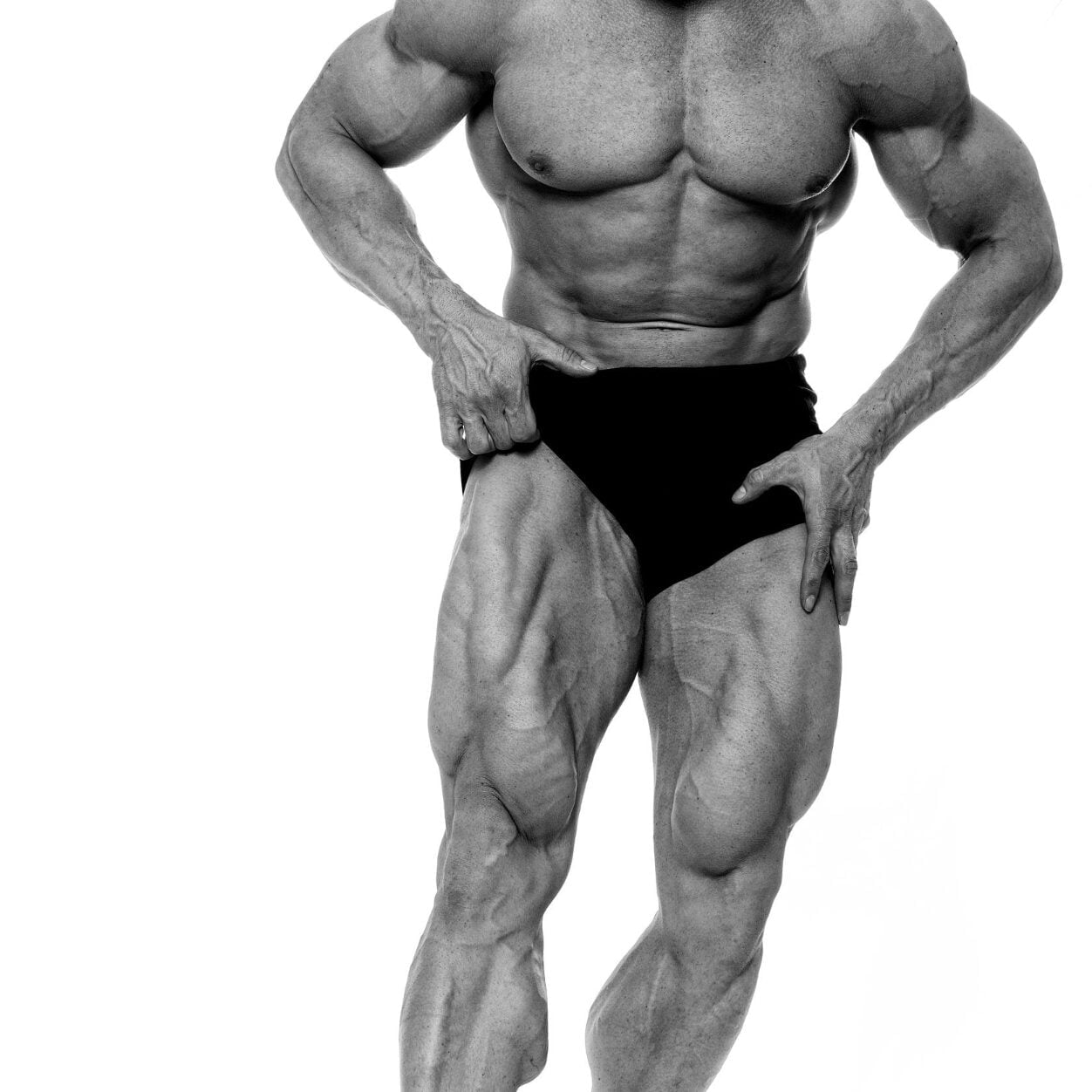
Ready to transform your routine? Dive into these ten dynamic moves designed to fortify your foundation right where you are. Let’s get started!
Key Takeaways
- Dumbbell quad exercises at home are convenient, cost – effective, and versatile, allowing for a challenging leg workout without the need for gym equipment.
- Strengthening your quads improves lower body aesthetics, increases strength for everyday activities and athletic performance, and enhances overall quality of life by supporting knee stability and balance.
- Key exercises to target the quads include single – leg squats, goblet wall sits, lunges with dumbbells in various positions, and sumo squats which can be gradually made more challenging by increasing weight or reps.
- Proper form is crucial when performing each exercise; keep your back straight, engage core muscles for stability, ensure knees track over toes during movements, and focus on controlled motions to prevent injury.
- To maximize gains from these exercises at home using dumbbells: start with suitable repetitions and sets that challenge you without compromising form; progress by adding weights or reps as you build strength.
Why Train Your Quads at Home with Dumbbells?
Training your quads at home with dumbbells provides convenience, cost-effectiveness, and versatility in your workout routine. With limited time and resources, you can still achieve a challenging and effective leg workout without needing specialized equipment or expensive gym memberships.

Convenience
Exercising your quads at home with dumbbells is all about saving time and simplifying your routine. You can start sculpting your legs whenever it fits into your day, without the hassle of traveling to a gym or waiting for equipment.
Grab those weights, clear some space, and you’re ready to perform goblet squats or Bulgarian split squats in the comfort of your own living area. No need to adjust machines or swap out plates; this convenience means more time working on that teardrop muscle by your kneecap and less time prepping.
Staying consistent with workouts is easier when the tools are right at hand. Dumbbell exercises like single-leg squats can be integrated into daily life seamlessly—use a chair for balance during pistol squats while taking a break from work or switch up mornings by adding a set of front squats before breakfast.
This ease of access does wonders for building strong quads, including vastus medialis and intermedius, ensuring you focus solely on crushing those reps for ultimate hypertrophy gains.
Cost-effective
Training your quads at home with dumbbells not only saves you time but also money. You can skip the expensive gym memberships and fancy fitness equipment since all you need is a pair of dumbbells to get started.
Investing in this simple tool opens up a whole range of exercises that can target your quadriceps muscles effectively, from sissy squats to deep squats—and everything in between.
Dumbbells come in various weights, allowing you to adjust the difficulty of your workouts as you build strength and muscle mass in your legs. This versatility means you won’t outgrow them quickly; they’re a long-term investment for continuous progress.
Plus, by focusing on form and controlled movements like the Bulgarian squat or sumo deadlifts, each rep will count more towards sculpting stronger quads without breaking the bank on specialized machines or heavy barbells.
Versatility
Dumbbells are the unsung heroes of quad training, offering a level of adaptability that is hard to match with other equipment. They allow you to perform a wide range of exercises targeting the vastus intermedius, rectus femoris muscle, and other parts of your upper thigh.
Whether you’re executing deep squats or lunges, dumbbells can be positioned in various ways to challenge different aspects of your quadriceps femoris. This kind of versatility means you can switch up your workouts easily, keeping both your mind and muscles engaged.
Incorporate movements like the single leg squat and romanian deadlifts to tap into those powerful quads and supporting muscles such as hamstrings and glutes. With dumbbells in hand, shift from compound exercise routines like back squats to isolation exercises designed for hypertrophy.
Your at-home quad workout becomes a fully customizable regime; no need for bulky machinery or an expensive gym membership—just grab your weights and get ready to push up the intensity right in your living room.
Benefits of Strong Quads
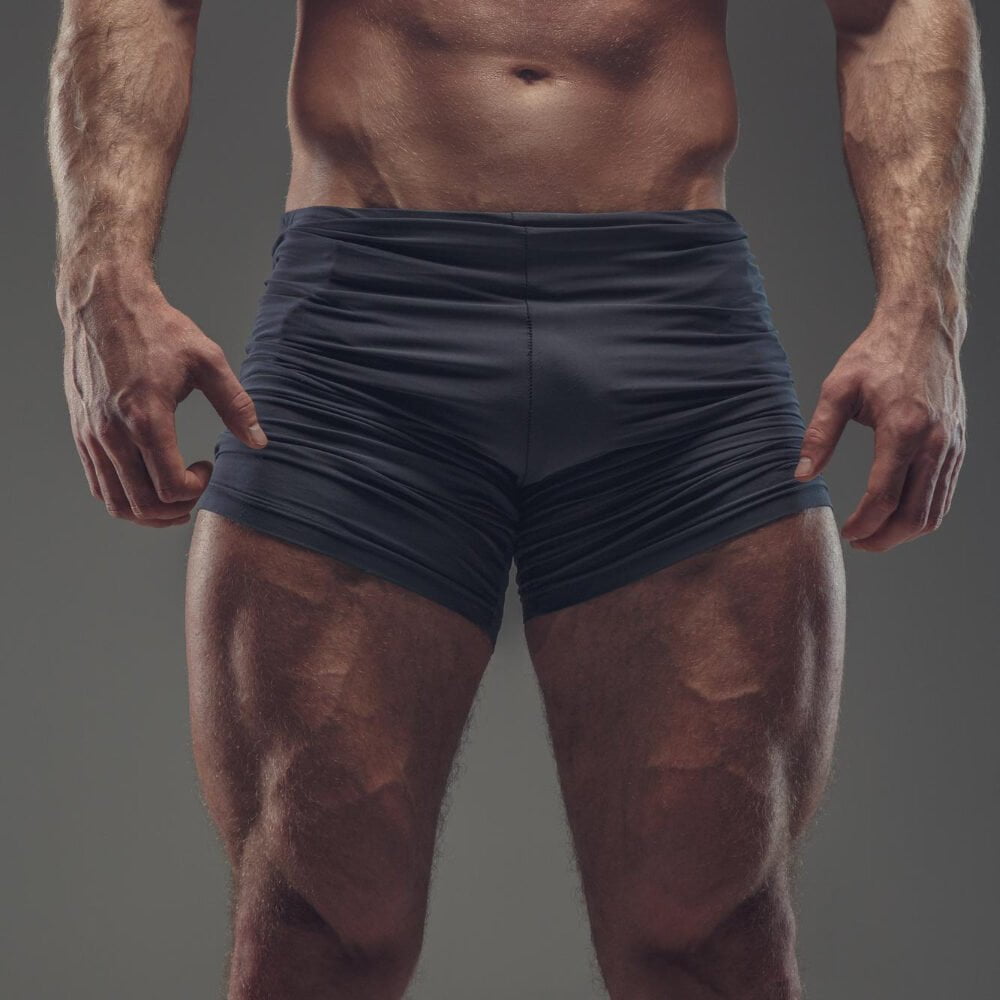
Having strong quads not only improves the aesthetics of your legs but also increases lower body strength and overall quality of life. Strong quads help with everyday movements like walking, running, and climbing stairs.
Working on your quad exercises at home with dumbbells can lead to better functional movement and athletic performance.
Improved aesthetics
Strengthening your quads with these dumbbell exercises can help enhance the overall appearance of your legs. By building lean muscle and toning the quadriceps, you can achieve a more sculpted and defined look in your lower body.
As you progress with these exercises, you’ll notice improved muscle definition and a more aesthetically pleasing shape to your legs, helping you feel more confident about your appearance.
Engaging in quad-focused workouts at home using dumbbells is an effective way to work towards achieving better-looking legs, which many people strive for as part of their fitness goals.
Increased lower body strength
To complement enhanced aesthetics, focusing on quad exercises with dumbbells at home can significantly boost your lower body strength. Engaging in these exercises consistently builds strong quadriceps, hamstrings, glutes, and calf muscles.
Stronger quads mean improved stability and power during activities such as running, jumping, or climbing stairs.
The ten quad exercises listed above target the key muscle groups necessary for overall lower body strength. Incorporating these workouts into your routine will help you develop more resilient legs while also enhancing functional mobility in daily life.
Improved quality of life
With increased lower body strength, you can expect to experience improved quality of life. Strong quads help with daily activities such as walking, climbing stairs, and getting up from a seated position.
Additionally, strong quadriceps provide stability for the knee joint, reducing the risk of injury during physical activities and enhancing overall mobility. This strength also contributes to better posture and balance, promoting an active and fulfilling lifestyle.
Top 10 Quad Exercises At Home With Dumbbells
Get ready to sculpt your legs with these 10 effective quad exercises using dumbbells. From single leg squats to goblet wall sits, these moves will help you build strength and tone your quads.
Read on to learn more about each exercise and start transforming your lower body today!
1. Dumbbell Single Leg Squat
To perform the dumbbell single leg squat, stand with your feet shoulder-width apart, holding a dumbbell in each hand at your sides. Lift one foot off the ground, extending it out in front of you.
Lower yourself into a squat position while keeping your raised foot off the floor. Push back up to the starting position using your standing leg and repeat for the desired number of reps before switching legs.
Engage your core and maintain balance throughout the exercise. This move targets the quadriceps, hamstrings, glutes, and stabilizing muscles while also improving balance and lower body strength.
2. Dumbbell Plyo Squat
The dumbbell plyo squat is an explosive lower body exercise that targets the quadriceps, hamstrings, and glutes. To perform this exercise, start in a standing position with feet shoulder-width apart holding a dumbbell in each hand at your sides.
Squat down until your thighs are parallel to the ground, then explode upwards into a jump, landing softly back into the squat position. This movement helps develop power and explosiveness in the legs while also providing cardiovascular benefits.
The plyometric nature of this exercise engages fast-twitch muscle fibers, leading to improved strength and muscular endurance in the lower body. Incorporating dumbbells adds resistance to increase the challenge on leg muscles during both eccentric and concentric phases of movement.
With consistent practice, this exercise can enhance athletic performance by boosting agility and vertical jumping ability.
3. Dumbbell Kneeling Hold to Stand Clean grip
How to perform the Dumbbell Kneeling Hold to Stand Clean grip exercise? Anchor the dumbbells on the ground, then position your knees under your hips to prepare for kneeling hold. Tighten your core and lift the dumbbells as you rise onto your feet using a clean grip, engaging your quads throughout the movement.
Keep a straight back and maintain control as you stand up.
As the body reaches upright position, concentrate on squeezing your glutes at the top of the movement. Gradually lower yourself back to starting position with controlled motion to complete one repetition of this dynamic exercise.
4. Dumbbell Goblet Wall Sit
To perform a dumbbell goblet wall sit, hold a dumbbell at your chest and stand with your back against a wall. Lower yourself into a seated position, ensuring your thighs are parallel to the floor and forming a 90-degree angle at your knees.
Hold this position for the desired duration while keeping your back flat against the wall and feet firmly planted on the ground. This exercise targets your quadriceps, hamstrings, glutes, and calves, promoting lower body strength and endurance.
It also engages core stability and posture as you maintain the isometric hold.
Implementing dumbbell goblet wall sits into your workout routine can help enhance quadriceps strength while improving overall lower body endurance. This exercise provides an effective way to engage multiple muscle groups simultaneously without requiring specialized equipment or complex movements.
5. Dumbbell Goblet Bulgarian Split Squat
Transitioning from the Dumbbell Goblet Wall Sit to the Dumbbell Goblet Bulgarian Split Squat, you’ll continue to target your quads and glutes for maximum strength and definition. This exercise requires a single dumbbell held close to your chest as you perform split squats, elevating one foot behind on an elevated surface while flexing at the knee of the other leg.
Execute controlled movements for effective isolation and engagement of each leg.
Lunge down until both knees are bent at 90-degree angles, pushing back up through your front heel to return to stand. Keep your torso upright and engage your core throughout this compound move that not only builds strength but also boosts stability, balance, and coordination.
6. Dumbbell Front Rack Lunge
The dumbbell front rack lunge targets the quadriceps, glutes, hamstrings, and calves. Start by holding a dumbbell in each hand at shoulder height with your elbows pointing forward.
Take a step forward with one leg and lower your body until both knees are bent at a 90-degree angle. Push back up to the starting position using your front foot to complete one repetition.
This exercise helps improve lower body strength and stability while engaging multiple muscle groups simultaneously.
As you progress, focus on keeping your torso upright throughout the movement and ensure that your front knee does not extend beyond your toes during the lunge. Gradually increase the weight of the dumbbells as you gain strength to continually challenge your muscles.
7. Dumbbell Change Plyo Side Lunge
To perform the dumbbell change plyo side lunge, grab a dumbbell in each hand and stand with your feet hip-width apart. Keep your back straight and chest up as you take a big step to the right, bending your right knee while keeping your left leg straight.
Push off your right foot explosively to return to the starting position. Then immediately repeat the movement by stepping to the left.
Engage your core throughout the exercise and focus on controlling the movements for maximum benefit. This dynamic exercise targets multiple muscle groups in the lower body, including quadriceps, hamstrings, glutes, and calves, while also improving balance and agility.
8. Dumbbell Bench Squat
To perform the dumbbell bench squat, sit on the edge of a bench with your feet shoulder-width apart and firmly planted on the ground. Hold a dumbbell in each hand at your sides, maintaining an upright posture with your chest up.
Stand up from the bench while keeping your back straight, engaging your quadriceps and glutes as you rise to a standing position. Lower yourself back down to the starting position with control, ensuring that your knees do not extend beyond your toes during the movement.
Engage core muscles for stability throughout the exercise and focus on maintaining proper form to effectively target and strengthen your quads. This exercise provides an effective way to build lower body strength using minimal equipment while also improving balance and stability in functional movements.
9. Dumbbell Bar Grip Sumo Squat
How to perform the Dumbbell Bar Grip Sumo Squat exercise? Position your feet wider than shoulder-width apart, with your toes pointing outward. Hold a dumbbell with both hands in front of you, palms facing inward. Engage your core, keep your chest up, and lower yourself down by bending at the knees and hips until your thighs are parallel to the ground.
Push through your heels as you straighten your legs to return to the starting position. This exercise targets the quadriceps, glutes, hamstrings, adductors, and calves.
Ensure that your knees track over your toes throughout the movement to maintain proper form and prevent strain on the knee joints. The wide stance emphasizes different muscle groups compared to a traditional squat while offering a challenging variation for building lower body strength.
10. Dumbbell Static Lunge
The dumbbell static lunge is a powerful exercise that isolates and strengthens your quads, glutes, and hamstrings. Begin by holding a dumbbell in each hand at your sides. Take a step forward with one leg while keeping the other foot in place.
Lower your body until both knees are bent at 90-degree angles, ensuring your front knee does not extend past your toes. Hold this position for a few seconds before returning to the starting position.
Engaging in regular sets of the dumbbell static lunge will help build stability along with muscle strength in your lower body. This exercise also aids in improving balance and coordination, making it an effective addition to any home workout routine targeting quad development.
Tips for getting the most out of each exercise
Ensure to focus on proper form and technique for each exercise to maximize the effectiveness and safety. Progress gradually by increasing repetitions, sets, or weight to continue challenging your quads and seeing results.
Repetitions and sets
Aim for 3 to 4 sets of each exercise, with 8 to 12 repetitions per set. This range is ideal for building strength and muscle endurance in your quads. Additionally, you can gradually increase the weight as you get stronger while ensuring proper form to avoid injury and maximize the benefits.
Once a comfortable level is achieved, consider adding an extra set or increasing the number of repetitions to further challenge your muscles. Progression is key in optimizing your quad workouts at home using dumbbells.
Keep track of your progress and push yourself progressively to achieve continuous improvements in strength and sculpting your legs effectively.
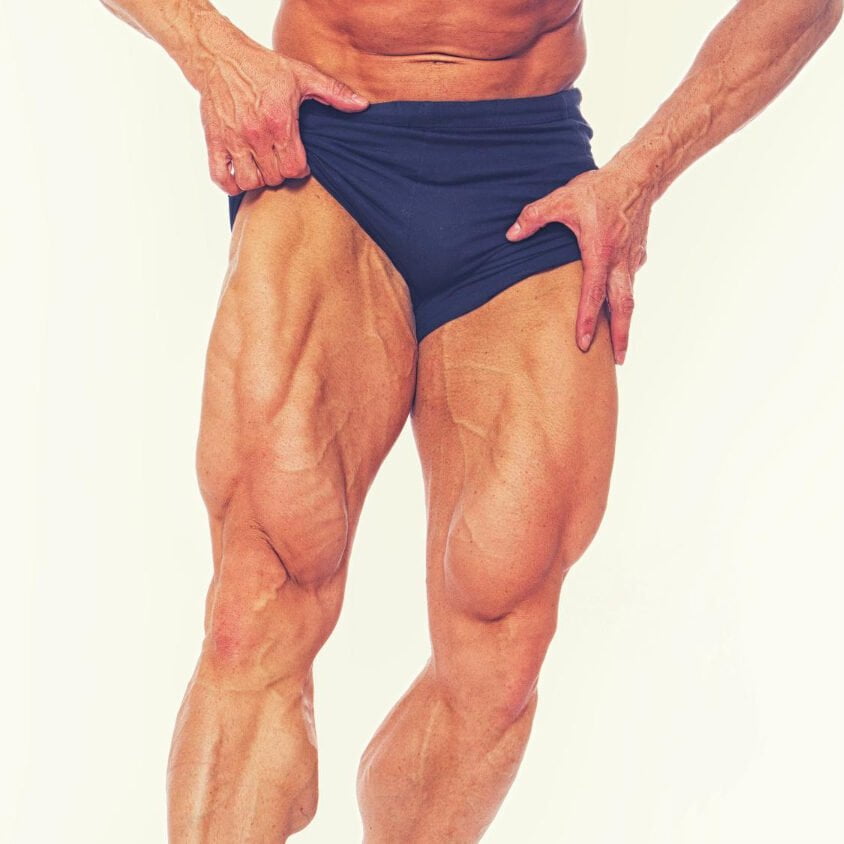
Proper form and technique
Maintain proper form by keeping your back straight and chest up during each exercise. Engage your core muscles to stabilize the movement and prevent strain on your lower back. Ensure that your knees are aligned with your toes, avoiding inward collapsing or outward twisting, to protect your knee joints and maintain proper muscle activation.
Focus on controlled movements throughout each exercise, emphasizing a full range of motion to optimize quad engagement. Avoid rushing through repetitions and prioritize technique over speed to maximize the effectiveness of each movement.
Keep an upright posture while performing squat variations, allowing for deep knee flexion without compromising form, which will enhance quadricep activation.
Tips for progression
To progress in your quad exercises, gradually increase the weight of your dumbbells as you get stronger. This will challenge your muscles to keep growing and getting stronger. Focus on maintaining proper form throughout each exercise to maximize muscle engagement and minimize the risk of injury.
Gradually increasing the number of repetitions or sets can also help push your limits and improve endurance over time. Additionally, consider incorporating variations of each exercise, such as increasing range of motion or trying more challenging movements to continually challenge your quads and prevent plateaus in strength gains.
In addition to progressing with weights and repetitions, make sure to give yourself adequate rest between workouts to allow for proper recovery. Consistency is key when it comes to progression, so aim for regular training sessions while allowing sufficient time for rest and recovery.
Conclusion
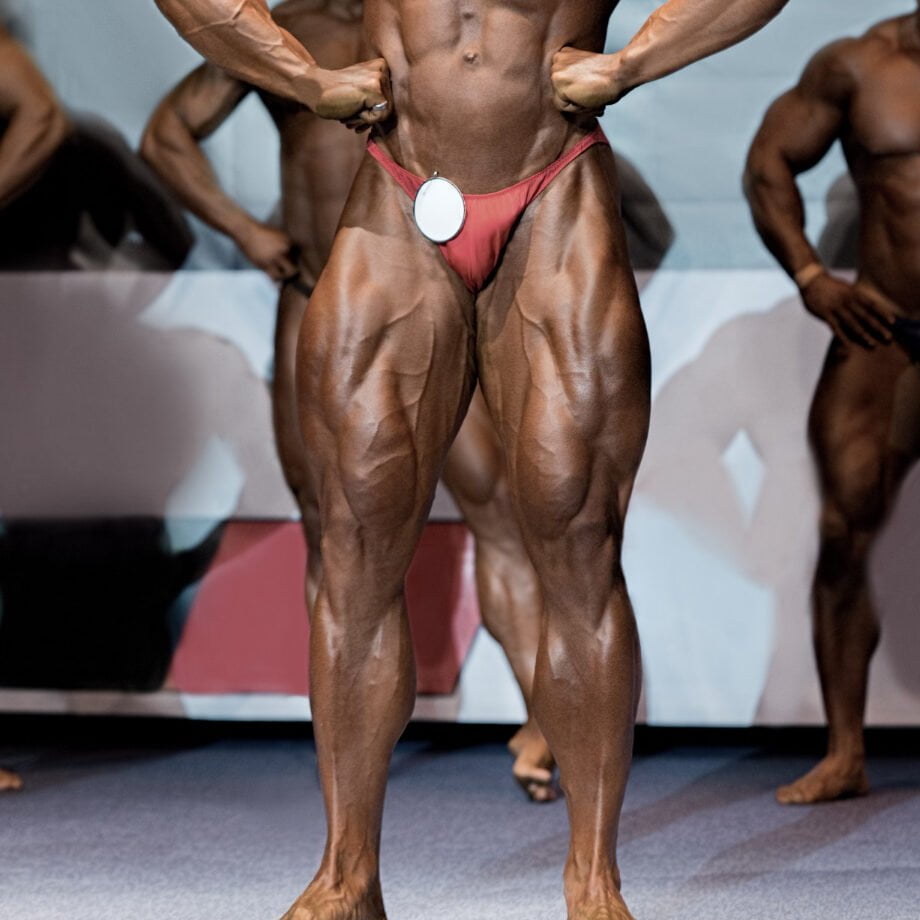
Incorporating these quad exercises into your home workout routine can yield significant improvements in lower body strength and aesthetics. The practicality of using dumbbells at home ensures that you can sculpt your legs efficiently without the need for specialized equipment.
By consistently practicing these exercises with proper form and technique, you can expect to see noticeable results over time. Remember, persistence and dedication are key when striving for progress in your fitness journey.
Keep pushing yourself, and soon you’ll be able to reap the rewards of stronger, more defined quads!
FAQs
1. What are good quad exercises I can do at home with dumbbells?
You can do squats, lunges, and step-ups using dumbbells to strengthen your quadriceps muscles right at home.
2. How does a hack squat target my quads more than regular squats?
When you do hack squats, especially with dumbbells, your torso stays upright which puts more focus on working the front part of your thighs – that’s where your quadriceps are!
3. Can single-leg exercises help build my quad muscles?
Absolutely! One-legged squats and lunges are great for targeting each leg independently, including the quadricep muscles in those legs.
4. Is it important to keep my knee cap or patella in mind when doing quad exercises?
Yes! Always make sure to keep proper form during quad strength training so that your patella moves correctly without strain.
5. Besides squatting, what other movements can I use for quadricep hypertrophy at home?
Leg extensions while sitting on a chair with ankle weights or calf raises holding dumbbells will also help grow your thigh muscles’ size.
6. Do I need any special equipment like kettlebells or barbell squat racks for effective quad workouts at home?
Not really; you can get started with just some basic free-weight dumbbells for many strength-building leg exercises that focus on the lower legs and extensor muscles.

Author
Years ago, the spark of my life’s passion ignited in my mind the moment I stepped into the local gym for the first time. The inaugural bead of perspiration, the initial endeavor, the very first surge of endorphins, and a sense of pride that washed over me post-workout marked the beginning of my deep-seated interest in strength sports, fitness, and sports nutrition. This very curiosity blossomed rapidly into a profound fascination, propelling me to earn a Master’s degree in Physical Education from the Academy of Physical Education in Krakow, followed by a Sports Manager diploma from the Jagiellonian University. My journey of growth led me to gain more specialized qualifications, such as being a certified personal trainer with a focus on sports dietetics, a lifeguard, and an instructor for wellness and corrective gymnastics. Theoretical knowledge paired seamlessly with practical experience, reinforcing my belief that the transformation of individuals under my guidance was also a reflection of my personal growth. This belief holds true even today. Each day, I strive to push the boundaries and explore new realms. These realms gently elevate me to greater heights. The unique combination of passion for my field and the continuous quest for growth fuels my drive to break new ground.





